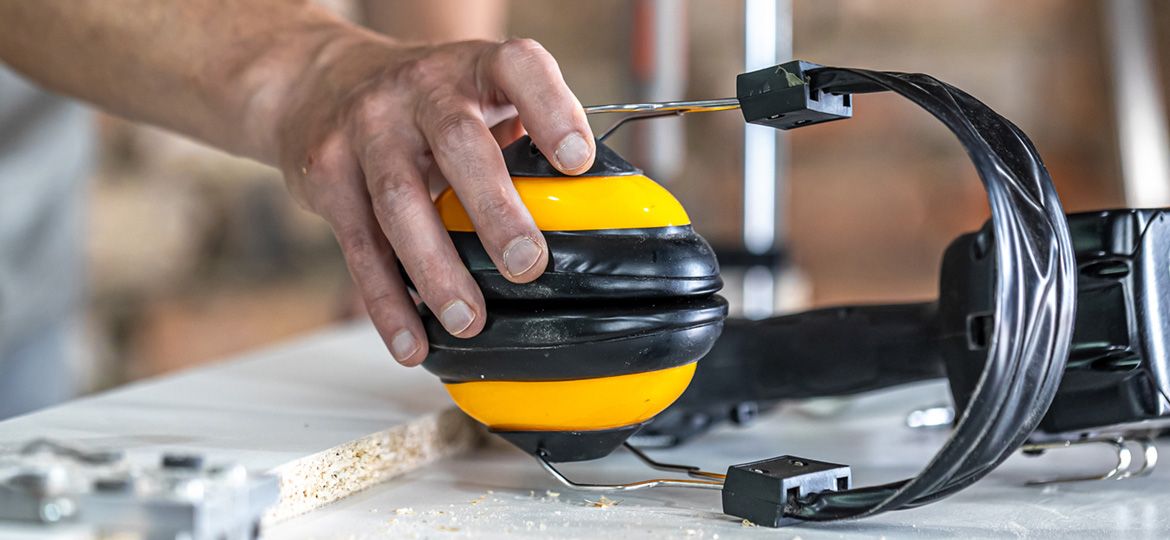
Hearing Protection Equipment Selection
Noise is one of the main risks to be assessed in the work environment. A noisy environment (factories, chains, construction, etc.) is harmful to the ears, and over time, if adequate control measures are not taken, this damage becomes irreparable.
The risk assessment and subsequent selection of the appropriate hearing protection equipment should involve not only the specialist in occupational risk protection, but also all company departments involved in the activity that involves that risk, and should be carried out again whenever there are changes in both the environmental conditions of the workplace and in the production processes.
EVALUATION CRITERIA ACCORDING TO THE ENVIRONMENT:
Sound attenuation
This is the main factor to consider when selecting PPE for hearing protection. It is the active factor that guarantees effective protection by reducing the volume of noise in the environment to sound pressure levels compatible with the worker’s health without hindering the perception of speech, sounds of danger signals or any of the signals necessary for the correct exercise of the work activity.
Environmental factors
The environmental conditions of the workplace must be taken into account in the selection process due to the impact they may have on both comfort (ergonomics) and the performance of the protective equipment. Heat, cold, dust, sun, etc. are environmental factors that can alter the properties of PPE materials, thus altering their function, performance and useful life.
“Sound attenuation is the main factor to consider when selecting PPE for hearing protection.”
EVALUATION CRITERIA ACCORDING TO THE WORKER:
Pre-existing health problems.
It is very important to know the health condition of each worker to whom the PPE is addressed, if he/she suffers or has suffered from any ear or skin disease that could be aggravated by the use of hearing protection equipment. This condition should be established by means of a medical check-up, and always prior to the use of the PPE chosen.
Ergonomics
The comfort of any PPE, and in this case of a hearing protector (materials, weight, breathability, etc.), directly influences the time of use, and therefore the effectiveness of the control of the risk to be protected. An uncomfortable PPE is difficult to keep on and this intermittent use drastically reduces the worker’s protection. That is why the selection process of hearing protectors (and of any PPE in general) must be participatory.
Before the purchase decision is made, safety professionals and workers should test those models that meet the required technical specifications, but which also adapt to the morphology of the user and maintain comfort.
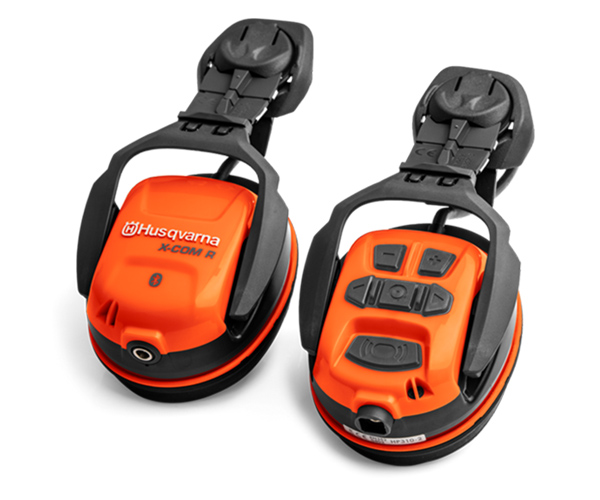
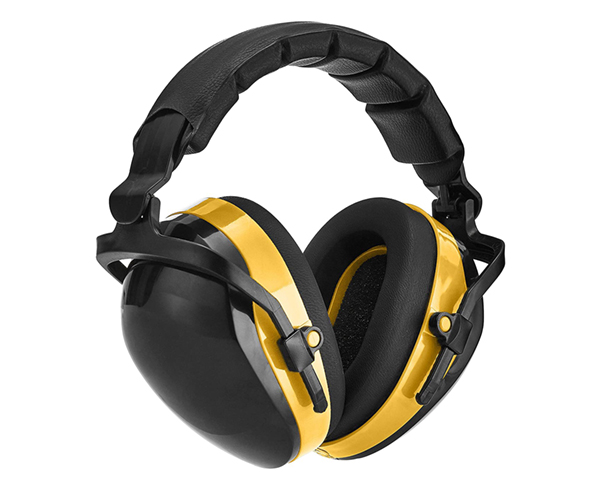
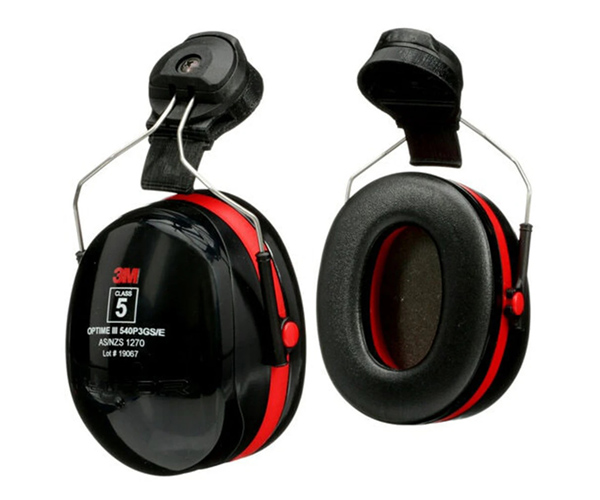
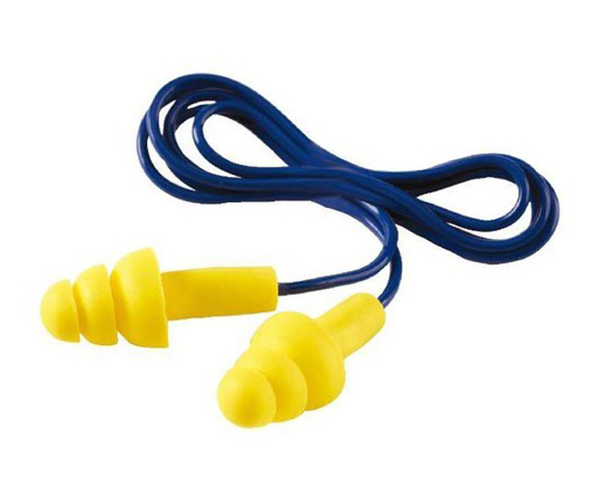

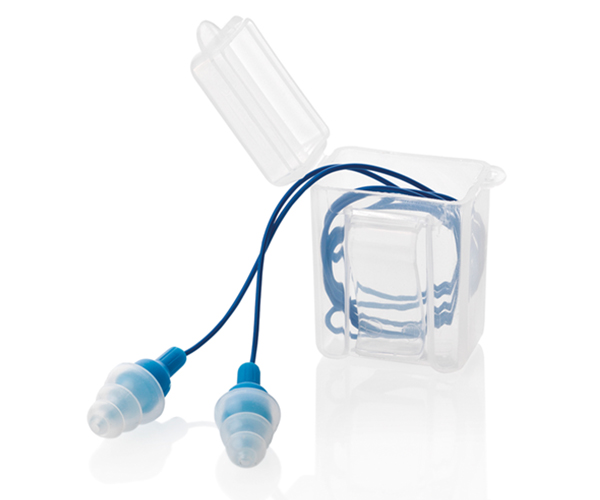
Different PPE for hearing protection.
EVALUATION CRITERIA ACCORDING TO COMPATIBILITY WITH OTHER PPEs
In case the worker has to use, in addition to the hearing protector, some other personal protective equipment, it is essential to evaluate the compatibility of all PPE among them, so that all the risks to be protected are covered without their combination producing a decrease in the characteristics of any of them.
EVALUATION CRITERIA ACCORDING TO CERTIFICATION
According to current regulations, any PPE marketed must be duly certified for the condition it is intended to protect. The manufacturer, importer or marketer is obliged to provide the customer with a technical data sheet or an informative leaflet with all the necessary information.
CONCLUSIONS
With the entry into force of the new Regulation (EU) 2016/425 on Personal Protective Equipment, hearing protection PPE has been upgraded, depending on the level of risk, from Category II to Category III “risks that can cause very serious consequences, such as death or irreversible damage to health.”
This change is due to the recognition of the seriousness of hearing loss caused by noise, which has a great impact on the worker’s work and personal environment. This is why it is of vital importance to strictly follow the established selection criteria.
